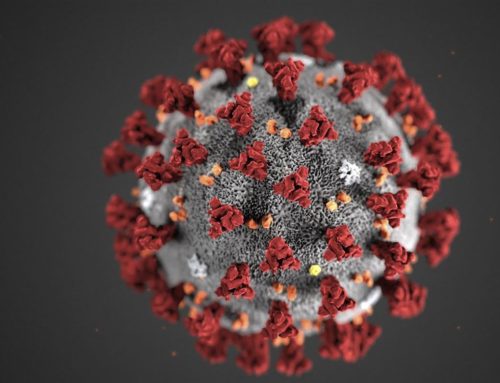http://www.scientificamerican.com/article.cfm?id=the-neuroscience-of-gut
I would like to put emphasis on the following line from this article. This describes the importance of breast feeding immediately.
“This suggests that there is a critical period in the development of the brain when the bacteria are influential.”
Years ago, a color pigment called crystal violet (also known as crystal gentian) was widely used as a topical antiseptic. There are good reasons to believe that long-term exposure to artificial food coloring may affect intestinal bacteria in the same way crystal violet affected (killed) topical bacteria.
The following is from Wikipedia. It describes colostrum and its effects on the newborn. I think it goes very well with the article from Scientific American.
Newborns have very small digestive systems, and colostrum delivers its nutrients in a very concentrated low-volume form. It has a mild laxative effect, encouraging the passing of the baby’s first stool, which is called meconium. This clears excess bilirubin, a waste product of dead red blood cells, which is produced in large quantities at birth due to blood volume reduction, from the infant’s body and helps prevent jaundice. Colostrum is known to contain antibodies called immunoglobulins such as IgA, IgG, and IgM in mammals. IgA is absorbed through the intestinal epithelium, travels through the blood, and is secreted onto other Type 1 mucosal surfaces. These are the major components of the adaptive immune system. Other immune components of colostrum include the major components of the innate immune system, such as lactoferrin,[4] lysozyme,[5] lactoperoxidase,[6] complement,[7] and proline-rich polypeptides (PRP).[8] A number of cytokines (small messenger peptides that control the functioning of the immune system) are found in colostrum as well,[9] including interleukins,[9] tumor necrosis factor,[10] chemokines,[11] and others. Colostrum also contains a number of growth factors, such as insulin-like growth factors I,[12] and II,[13] transforming growth factors alpha,[14] beta 1 and beta 2,[15][16] fibroblast growth factors,[17] epidermal growth factor,[18] granulocyte-macrophage-stimulating growth factor,[19] platelet-derived growth factor,[19] vascular endothelial growth factor,[20] and colony-stimulating factor-1.[21]
Colostrum is very rich in proteins, vitamin A, and sodium chloride, but contains lower amounts of carbohydrates, lipids, and potassium than normal milk. The most pertinent bioactive components in colostrum are growth factors and antimicrobial factors. The antibodies in colostrum provide passive immunity, while growth factors stimulate the development of the gut. They are passed to the neonate and provide the first protection against pathogens

